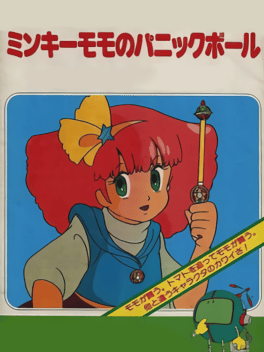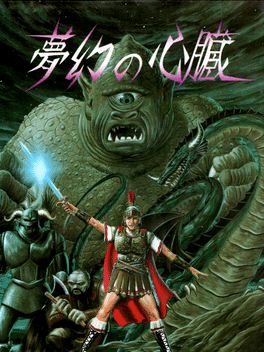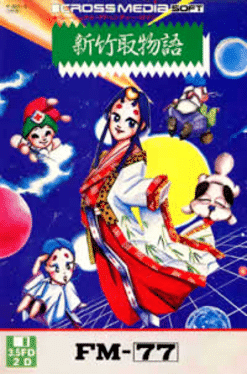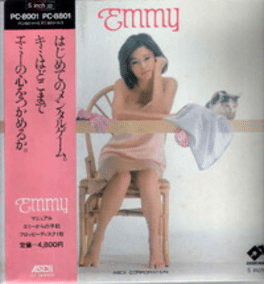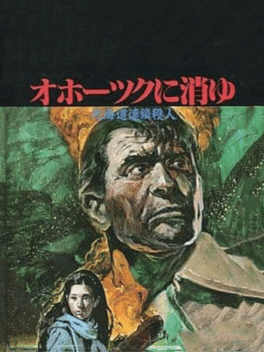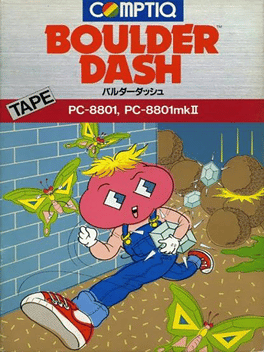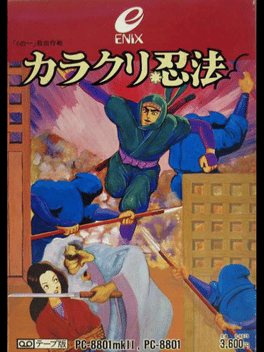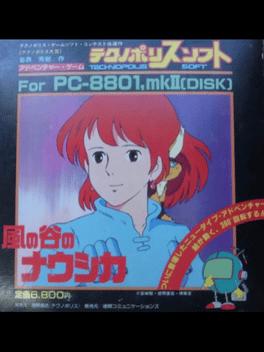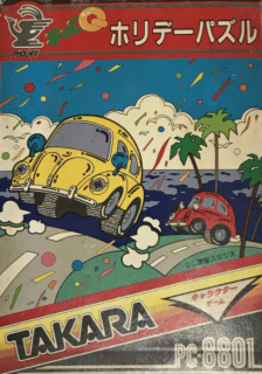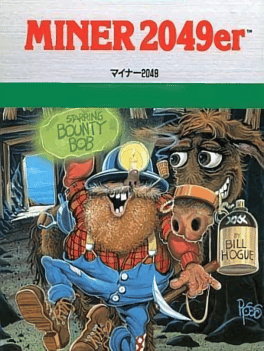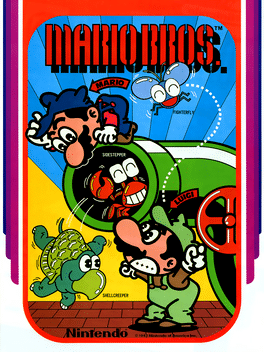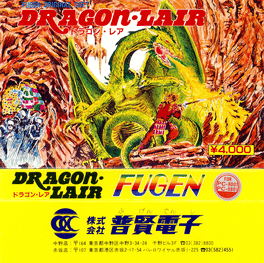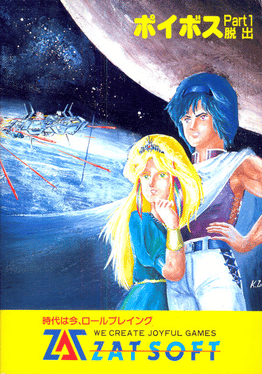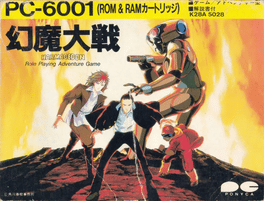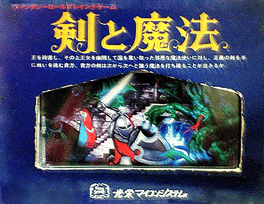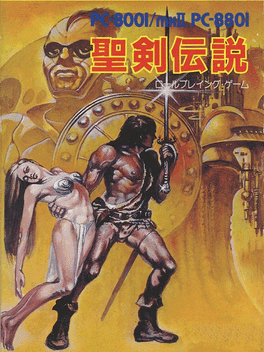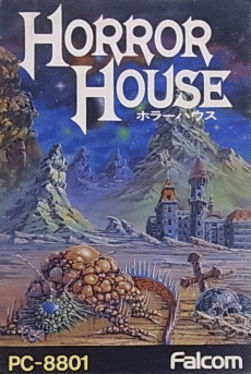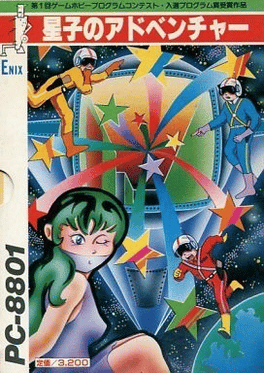New Pc 8800 Series Games - Page 4
-
Kuroneko-sou Souzoku Satsujin Jiken
1984
The owner of Kuronekoso “Oonogi Yoshizou” was killed. There are 8 suspects related to him. The player becomes a detective and searches with his partner. -
Mugen no Shinzou
1984
Mugen no Shinzou
1984
Cursed by the gods, on the verge of death, the protagonist of the game is transferred to a different realm - a fantasy land ruled by sword and sorcery, in which humans are threatened by rampaging goblins, orcs, and a mysterious dragon. The hero must find a powerful artifact known as the Heart of Phantasm in order to return home. Mugen no Shinzō is a role-playing game similar to early Ultima games. The player controls a lone character with basic attributes who roams the vast land, visiting towns and dungeons. Overworld navigation is done by scrolling with arrow keys, without an icon to represent the player character. Town locations have little to no graphics; along with the dungeons, they are displayed in small windows. The maze-like dungeons are represented by abstract pseudo-3D vector graphics. Combat is random; the protagonist fights enemies one-on-one in simple turn-based fashion. -
Emmy: The Funny Game
1984
Emmy: The Funny Game
1984
Emmy: The Funny Game is an early eroge where the player is challenged to persuade the titular girl strip off her clothes. -
Boulder Dash
1984
-
Karakuri Ninpou
1984
-
Nausicaä of the Valley of the Wind
1984
An adventure game developed by Technopolis Soft for the NEC PC-8801. -
Miner 2049er
1984
-
Mario Bros.
1984
-
Dragon Lair
1983
-
Poibos Part 1: Dasshutsu
1983
Poibos (a misspelling of Phoebus) is a Japanese-made role-playing game. The small paying window displays a rather abstract map on which the player can navigate the characters. The game begins with Jorg only, but up to six characters may join the party and participate in combat afterwards. The characters' stamina bar is depleted depending on the terrain they walk on, and they need to rest regularly. Turn-based battles require balancing offensive and defensive manoeuvres, as well as actively protecting weaker party members. The game has a fairly complex weapon system, with several weapon types, all of which (due to the protagonist's outlaw status) can only be acquired by stealing or as battle trophies. Weapon energy deteriorates over time, having major impact on battle performance. -
Genma Taisen
1983
-
Ken to Mahou
1983
Ken to Mahou
1983
Set in a medieval world called Border Land, an evil wizard has besieged the kingdom, killing its benevolent ruler and taking the princess captive. With the land swept in chaos, the player must brave numerous challenges to defeat the wizard and restore peace. Nine character archetypes may be chosen as the player's avatar; each one is given a unique set of attributes, affecting their battle performance. Explore towns and castles for various recovery spots, while engage in one-on-one battles with varying physical attacks and magic effectiveness, based on the player's chosen class. -
Seiken Densetsu
1983
Seiken Densetsu
1983
The protagonist of Seiken Densetsu must explore dangerous wilderness in a fantasy land in order to locate and obtain four sacred swords, which allegedly grant immortality to whoever manages to possess them. This Japanese-made role-playing game is heavily influenced by early Ultima installments, having a nearly identical visual style, interface, and gameplay system. The protagonist explores an overhead world map, visiting towns where weapons, armor, items and food can be bought. Food rations are necessary to have for preventing the hero from starving. Experience points and gold are obtained from defeating enemies. Interaction is performed by pressing keys corresponding to commands, such as Move, Question, Enter, etc. -
Horror House
1983
Horror House
1983
Horror House is the very first graphical adventure game published by Nihon Falcom in 1983. The title was created by a student of Kindai University named Fujio Fujimori who had previously had several games published inside the pages of Japanese computer magazines like I/O Magazine, RAM and others at the time. Horror House would be the first in a trilogy of games released by Falcom that were classified as "occultic mystery adventure" games with Horror House Part II releasing in December and Monster House releasing the next year in 1984. -
Seiko-chan SOS
1983
Seiko-chan SOS
1983
Seiko-chan was caught in the robot kingdom and it’s up to you to rescue her from being brainwashed. Robots appear one at a time in a large rectangular arena. They are stationary when they appear, but can randomly and suddenly teleport to other parts of the screen. You control a cross-hair, that you can use to target and shoot the robot, which is only vulnerable in the chest area. -
Horror House Part II
1983
